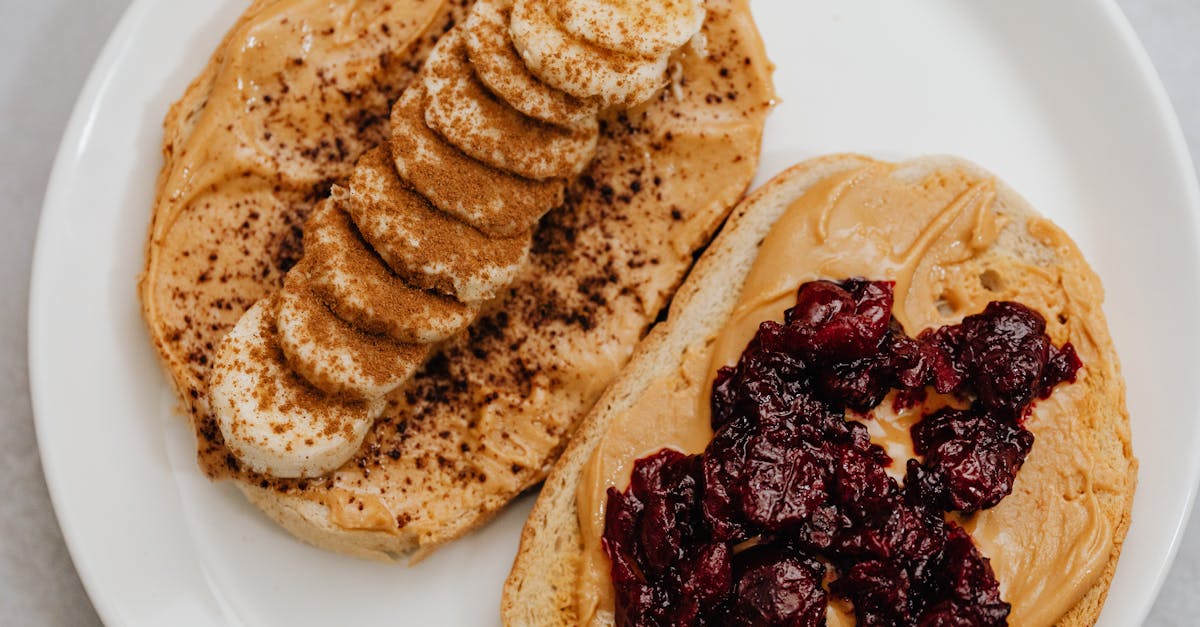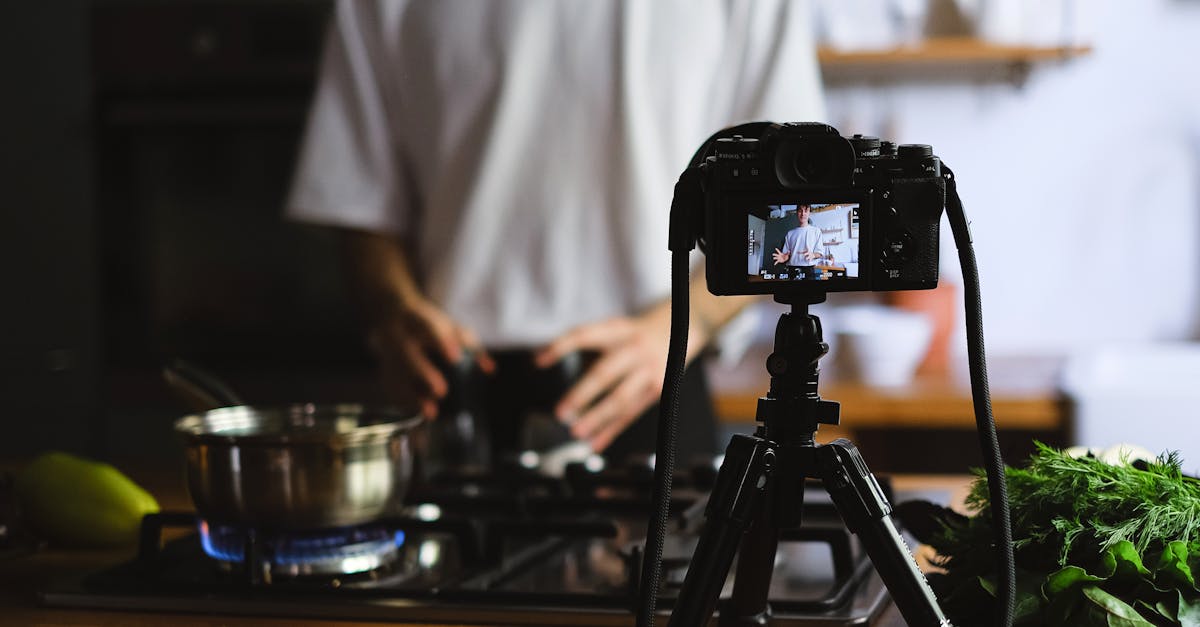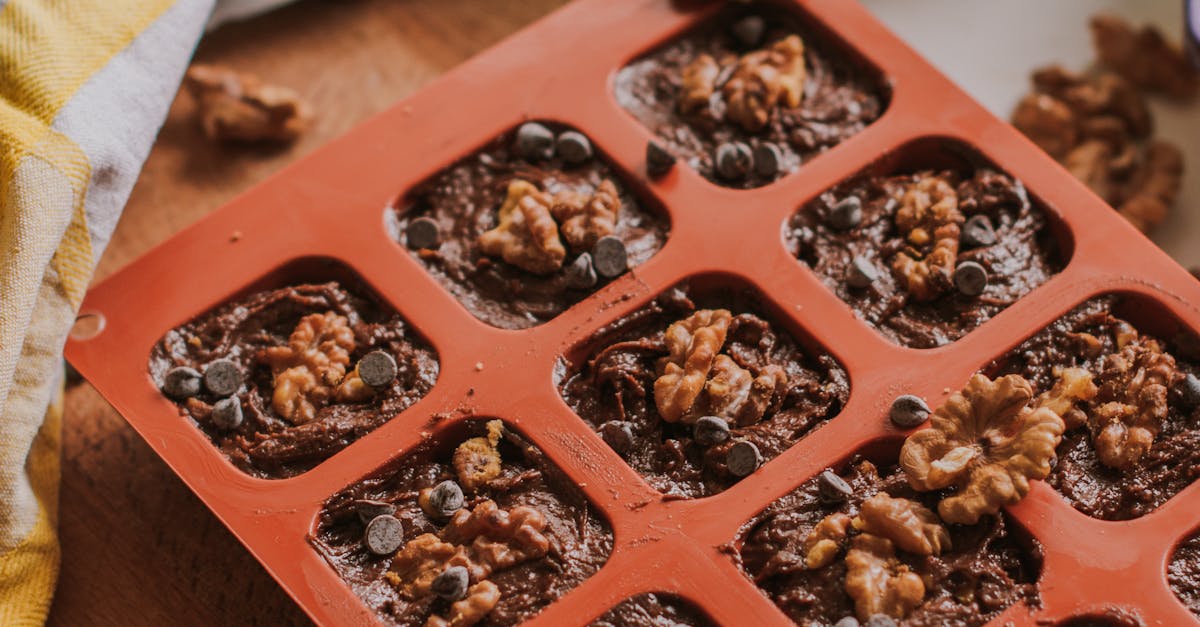Let’s be honest, sometimes only the warm, comforting hug of a perfectly baked loaf of bread can truly hit the spot. And when it comes to ultimate comfort food classics, buttermilk banana bread reigns supreme. This isn’t just any banana bread; it’s a symphony of textures and flavors, a testament to the magic that happens when tangy buttermilk meets the sweetness of perfectly ripe bananas. We’re diving deep into the heart of this beloved recipe, uncovering its history, exploring the science behind its irresistible moistness, and guiding you through every step of the baking process to create a loaf that’ll have everyone reaching for seconds (and thirds!). Get ready to unleash your inner baker and create a buttermilk banana bread so good, it’ll become a family favorite.
Key Insights: Mastering the Art of Buttermilk Banana Bread
- Buttermilk’s magic: The tangy buttermilk creates a moist, light crumb by reacting with baking soda.
- Banana ripeness is key: Use ripe, even overripe, bananas for maximum sweetness and moisture.
- Gentle mixing is crucial: Avoid overmixing to prevent a tough, chewy loaf.
- Proper cooling and storage: Let the bread cool completely before storing in an airtight container to maintain freshness.
- Endless variations: Experiment with nuts, spices, and other additions to create your perfect loaf.
1. Why Buttermilk Banana Bread Reigns Supreme: A Taste of Nostalgia
Okay, let’s talk about why buttermilk banana bread isn’t just another banana bread. It’s the OG, the ultimate comfort food champion! The magic lies in that incredible combination of tangy buttermilk and sweet, ripe bananas. The buttermilk adds this amazing moisture and a subtle, almost creamy tang that perfectly balances the banana’s sweetness. It’s not just about taste, though; it’s about texture. That tender crumb, that slightly dense but not heavy feel in your mouth – pure perfection. Think of it as a hug in bread form.
But the story goes deeper than just deliciousness. Banana bread, in general, has a fascinating history. It rose to prominence during the Great Depression, a resourceful way to use up overripe bananas before they went bad. This humble beginning cemented its place as a symbol of resourcefulness and simple pleasures. It’s a dish that transcends generations, passed down through families, each baker adding their own personal touch.
Today, buttermilk banana bread isn’t just a Depression-era survivor; it’s a beloved classic enjoyed across cultures. It’s the perfect breakfast treat, a delightful afternoon snack, or even a surprisingly satisfying dessert. Its versatility and nostalgic appeal make it a timeless favorite, a reminder of simpler times and the comfort of home-baked goodness. So, let’s get baking!
The Irresistible Combination of Buttermilk and Banana
Let’s get a little scientific (don’t worry, it’s fun!). The magic of buttermilk banana bread isn’t just some kitchen myth; there’s actual chemistry at play. The secret weapon? Buttermilk! Its slightly acidic nature reacts with the baking soda in the recipe, creating tiny air bubbles that give the bread that wonderfully light and airy texture. This reaction, known as leavening, is key to preventing a dense, heavy loaf. Think of it as a tiny party happening inside your bread, resulting in a fluffy, moist interior.
Then there’s the banana. Ripe bananas, packed with natural sugars, contribute not only to the sweetness but also to the moisture content. The sugars caramelize during baking, adding a depth of flavor and richness you won’t find in other breads. Combined with the buttermilk’s moisture, you get a loaf that stays moist for days. It’s like a perfect dance between acidity and sweetness, moisture and airiness—a baking ballet, if you will.
To delve even deeper into the science of baking, check out some amazing resources online! Sites like Serious Eats (link to a relevant Serious Eats article on baking science) provide detailed explanations of baking chemistry. Understanding the science behind your baking empowers you to create even more delicious results. Armed with this knowledge, you’ll be a buttermilk banana bread baking pro in no time! Remember, it’s all about the perfect balance of ingredients and a little bit of kitchen magic.
A Quick History of Banana Bread: From Depression-Era Staple to Modern Classic
Believe it or not, banana bread’s humble beginnings weren’t in some fancy bakery; it was born out of necessity during the Great Depression. Back then, bananas were a relatively inexpensive and readily available fruit. But they ripened quickly, and preventing spoilage was crucial. Clever home bakers discovered that turning overripe bananas into bread was a brilliant solution—a way to avoid waste and still enjoy a delicious treat. This ingenuity turned a simple recipe into a symbol of resourcefulness during hard times.
The recipe itself likely evolved gradually, with variations spreading through communities and families. Early versions probably weren’t exactly like the buttermilk banana bread we know and love today, but the core concept—using ripe bananas to make moist and flavorful bread—remained the same. It’s a testament to the enduring power of practical baking and adapting recipes to available ingredients.
Over time, banana bread transitioned from a practical solution to a cherished comfort food. Its simple ingredients, satisfying texture, and ease of preparation made it a family favorite, a nostalgic link to home-baked goodness. Today, you’ll find countless variations, from classic recipes to elaborate additions like nuts, chocolate chips, and spices. Yet, at its heart, it remains a symbol of resourceful baking and the comforting power of a warm, delicious loaf.
2. Gathering Your Ingredients: A Baker’s Checklist
Before we get our hands dirty, let’s gather our ingredients! This isn’t a complicated recipe, but using quality ingredients makes all the difference. First, the stars of the show: ripe bananas (the riper, the better!), and buttermilk. If you don’t have buttermilk, don’t panic! You can easily substitute with plain yogurt or even milk with a tablespoon of lemon juice or vinegar added. Let it sit for a few minutes to sour slightly—it mimics the buttermilk’s tang perfectly.
Next up, we’ve got the usual suspects: all-purpose flour (you can usually substitute with whole wheat, but the texture might change slightly), granulated sugar (for sweetness, of course!), eggs (for binding and richness), unsalted butter (for that melt-in-your-mouth goodness), and a pinch of baking soda (for that lovely rise). Don’t forget the spices! Cinnamon and nutmeg are classic choices, but feel free to experiment. A little bit of salt enhances all the other flavors, trust me on this one.
Finally, consider your add-ins. Walnuts, pecans, chocolate chips, or even cranberries can elevate your banana bread to the next level. This is your chance to get creative and personalize your loaf. Once you’ve gathered everything, you’re ready to embark on the baking adventure! Remember, the quality of your ingredients directly impacts the final product. So, grab the best you can find and let’s get baking!
The Essential Ingredients: Buttermilk, Bananas, and More!
Let’s dive into the heart of our buttermilk banana bread: the ingredients! First up, the star of the show—ripe bananas! The riper, the better. Those brown spots are your friends; they mean maximum sweetness and moisture. Aim for bananas that are soft to the touch and easily yield to gentle pressure. Don’t worry about a few bruises; they won’t affect the taste. The sugars in overripe bananas will caramelize beautifully during baking, creating that rich, irresistible flavor.
Next, we have buttermilk. This is what gives our bread its characteristic tang and incredible moistness. Buttermilk’s acidity reacts with the baking soda, creating those lovely air pockets that prevent a dense loaf. However, if you’re short on buttermilk, don’t fret! You can easily substitute with plain yogurt (Greek or regular works fine) or even milk with a tablespoon of lemon juice or white vinegar added. Let the milk mixture sit for about 5-10 minutes to thicken slightly before using.
The remaining ingredients are pretty standard baking fare: all-purpose flour (you can experiment with whole wheat for a nuttier flavor and slightly denser texture, but all-purpose will give you the classic result), granulated sugar (for sweetness and moisture), eggs (to bind everything together), unsalted butter (for flavor and richness), a pinch of salt (to enhance the sweetness), and spices like cinnamon and nutmeg for warmth and flavor. Remember, even seemingly minor ingredients contribute to the overall success. Using high-quality ingredients will result in a superior loaf, so choose ingredients that you would enjoy eating on their own!
Pro-Tip: Ripe Bananas are Key!
Let’s talk bananas—specifically, ripe bananas. This isn’t just some picky baker’s preference; using ripe bananas is crucial for achieving that signature moist, flavorful buttermilk banana bread. Those brown spots? They’re a sign of sweetness! As bananas ripen, their starch converts into sugars, leading to a much sweeter and more intense flavor in your baked goods. Underripe bananas will result in a dry, bland loaf, lacking that signature banana punch.
So, how do you know if your bananas are ripe enough? Look for bananas with lots of brown spots—even if they’re almost entirely brown. They should be soft to the touch, yielding slightly to gentle pressure. If you can easily press your finger into the banana and it leaves a small indentation, it’s likely at peak ripeness. Avoid bananas that are still firm and bright yellow—they need more time to develop that intense sweetness.
Think of it this way: those brown spots aren’t flaws; they’re flavor indicators. They tell you that the natural sugars within the banana have reached their peak, resulting in a richer, more intensely flavored banana bread. So, next time you’re at the grocery store, don’t shy away from those bananas with a few brown spots—they’re the perfect candidates for baking up a batch of incredible buttermilk banana bread. Trust me, your taste buds will thank you!
3. Mixing It Up: Mastering the Buttermilk Banana Bread Technique
Alright bakers, let’s get mixing! The key to a perfectly textured buttermilk banana bread is a gentle hand and the right technique. We’re going to start by creaming together the wet ingredients: softened butter and sugar. Use a stand mixer or a good old-fashioned hand mixer to beat these together until they’re light and fluffy—this incorporates air into the batter, leading to a lighter loaf. Next, add your eggs one at a time, mixing well after each addition. Finally, stir in the buttermilk until everything is just combined. Don’t overmix this stage!
Creaming Together the Wet Ingredients: A Smooth Start
Let’s start with the creaming method – a crucial step for a light and airy buttermilk banana bread. This technique incorporates air into the batter, resulting in a tender crumb that’s not dense or heavy. Begin by ensuring your butter is softened but not melted. Room temperature is ideal; you should be able to easily press your finger into it. Add your granulated sugar to the softened butter and, using a stand mixer or hand mixer, beat the two together until they’re light, fluffy, and pale yellow in color. This usually takes around 3-5 minutes, but it’s worth taking your time here!
Combining Dry and Wet Ingredients: The Gentle Fold
Now for the crucial step of combining the wet and dry ingredients. This is where we want to be gentle! Overmixing develops gluten, resulting in a tough, chewy loaf. Nobody wants that. In a separate bowl, whisk together your flour, baking soda, cinnamon, nutmeg, and salt. This ensures the leavening agents are evenly distributed. Now, gently fold the dry ingredients into the wet ingredients in 2-3 additions. Use a spatula or large spoon, and make sure to cut through the batter, gently lifting and folding rather than stirring.
4. Baking to Perfection: Time and Temperature for the Ultimate Loaf
It’s baking time! Preheat your oven to 350°F (175°C) – this is crucial for even baking. Grease and flour a 9×5 inch loaf pan (or line it with parchment paper for easier removal). Pour your batter into the prepared pan and spread it evenly. Baking time will vary depending on your oven, but generally, it takes around 50-60 minutes. Start checking for doneness around the 50-minute mark, using the trusty toothpick test: insert a toothpick into the center; if it comes out clean or with just a few moist crumbs, your bread is ready.
Preheating Your Oven: Setting the Stage for Success
Before you even think about pouring that luscious batter into the pan, preheating your oven is non-negotiable. It’s the foundation of even baking and prevents issues like uneven browning or a gummy interior. Think of it as setting the stage for a perfect performance. A cold oven can shock the batter, leading to uneven rising and potentially a dense loaf. You want that consistent heat to gently bake your bread from the inside out, resulting in a perfectly golden-brown crust and a moist, tender crumb.
Checking for Doneness: The Toothpick Test and Beyond
So, your timer’s buzzing, but how do you really know if your buttermilk banana bread is perfectly baked? The classic method is the toothpick test. Insert a toothpick into the center of the loaf; if it comes out clean, or with just a few moist crumbs attached, your bread is done. If it’s gooey, it needs more time in the oven. But don’t solely rely on the toothpick; use your senses too!
5. Cooling and Storing: Keeping Your Banana Bread Fresh
Patience, young padawan! Before you slice into that glorious loaf, let it cool completely in the pan for at least 30 minutes. This allows the internal structure to set, preventing a soggy mess. After 30 minutes, transfer the bread to a wire rack to cool completely. Resist the urge to slice into it while it’s still warm; you’ll end up with a crumbly, uneven texture. Let the bread cool down entirely for optimal texture and flavor.
Cooling the Loaf: Patience is Key
The most crucial step after baking your delicious buttermilk banana bread? Patience! Resist the urge to dig in immediately. Slicing into warm bread is a recipe for disaster—a soggy, crumbly disaster. The internal moisture needs time to redistribute and set, ensuring you get that perfect texture when you finally take that first bite. Let the bread cool completely in the pan for at least 30 minutes before transferring it to a wire rack to cool fully.
Storage Solutions: Keeping Your Bread Fresh for Days
Once your buttermilk banana bread is completely cool, it’s time to store it properly to maintain its freshness and deliciousness for as long as possible. The best method is to store it in an airtight container at room temperature. This helps prevent it from drying out and keeps it moist and flavorful for about 3-4 days. Make sure the container is truly airtight to seal in the deliciousness and prevent unwanted moisture from entering.
6. Delicious Variations: Beyond the Classic Recipe
Ready to take your buttermilk banana bread to the next level? Let’s explore some delicious variations! The beauty of this recipe is its adaptability. Feel free to experiment with nuts—walnuts, pecans, and even macadamia nuts add a delightful crunch and rich flavor. Spices are another great way to customize your loaf. A dash of cardamom or a hint of allspice can create a unique and warm flavor profile. Chocolate chips are a classic addition, offering a delightful sweet and decadent contrast to the banana.
Adding Nuts and Spices: Elevating the Flavor Profile
Want to elevate your buttermilk banana bread from delicious to divine? Let’s talk add-ins! Nuts are a fantastic way to add texture and richness. Walnuts and pecans are classic choices, offering a satisfying crunch and a slightly nutty flavor that complements the banana beautifully. For a more intense flavor, try toasted nuts before adding them to the batter—toasting enhances their natural oils and brings out their flavor even more. Just remember to chop them into relatively small pieces to ensure even distribution.
Gluten-Free and Vegan Adaptations
Making your favorite buttermilk banana bread gluten-free or vegan is totally doable! For a gluten-free version, you’ll need a good gluten-free all-purpose flour blend. Many brands are available, and the best one for you might depend on your preferences and dietary needs. Experiment to find a blend that you like; some produce a lighter crumb than others. Be sure to follow the package instructions for the amount to use, as gluten-free flour blends often absorb liquids differently than traditional wheat flour.
7. Serving Suggestions: The Perfect Accompaniments
So, you’ve baked the perfect loaf of buttermilk banana bread. Now, how to enjoy it? The possibilities are endless! It’s a fantastic breakfast or brunch option, served warm with a pat of butter, a dollop of cream cheese, or a smear of your favorite jam. The sweetness of the bread pairs perfectly with a strong cup of coffee or a comforting mug of tea, making it the ideal start to your day. It also makes a wonderful afternoon snack, especially when paired with a glass of cold milk or a scoop of vanilla ice cream.
Breakfast, Brunch, or Dessert?
The versatility of buttermilk banana bread is one of its greatest strengths. It’s not confined to a single mealtime; it’s equally at home for breakfast, brunch, or even dessert! Start your day with a slice warmed up slightly, perhaps with a smear of nut butter or a drizzle of honey for an extra touch of sweetness. It’s a hearty and satisfying way to begin your day, providing sustained energy to power through your morning.
Pairings and Toppings: Taking it to the Next Level
Let’s talk about taking your buttermilk banana bread experience to the next level with delicious pairings and toppings! A simple pat of butter, especially on a warm slice, is a classic combination that enhances the bread’s inherent sweetness and moisture. For a touch of tang and creaminess, try a dollop of cream cheese or a swirl of whipped cream. The creaminess complements the banana perfectly, creating a delightful contrast in textures and flavors.



